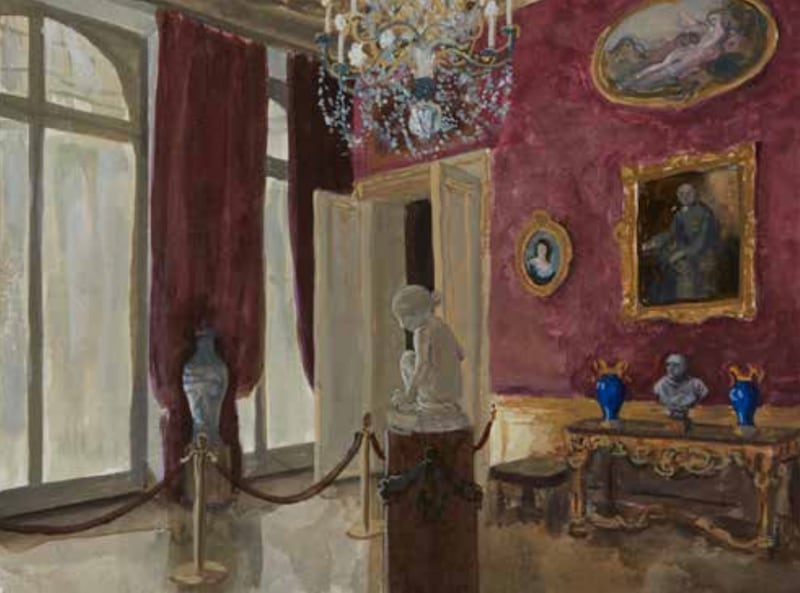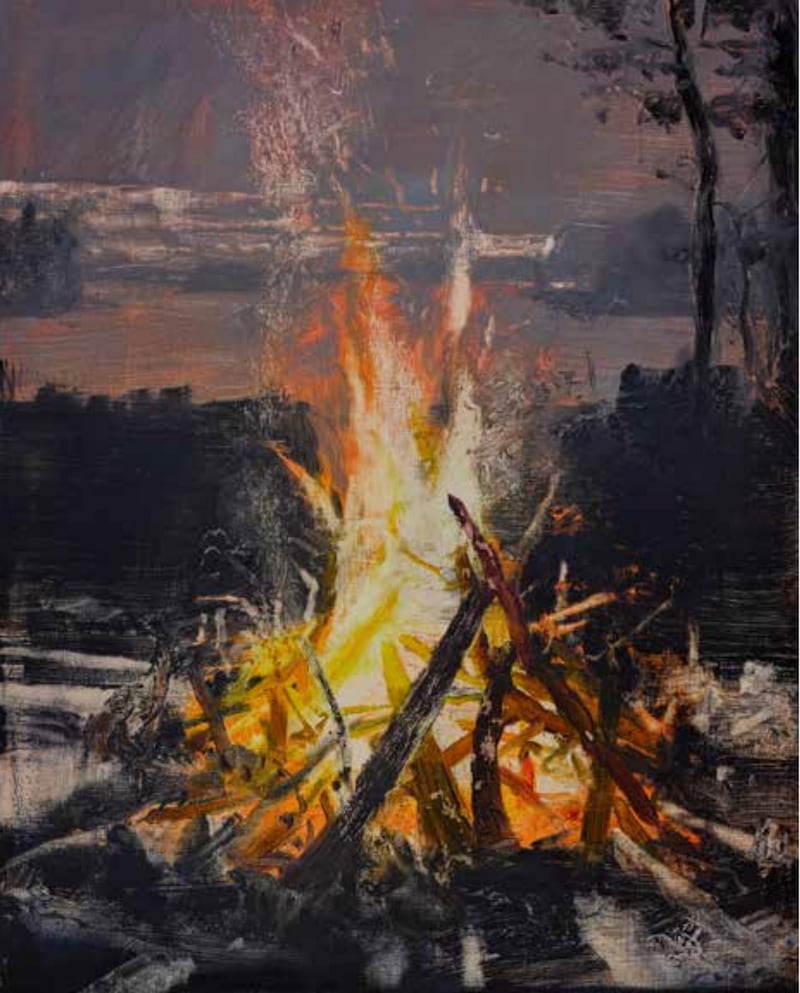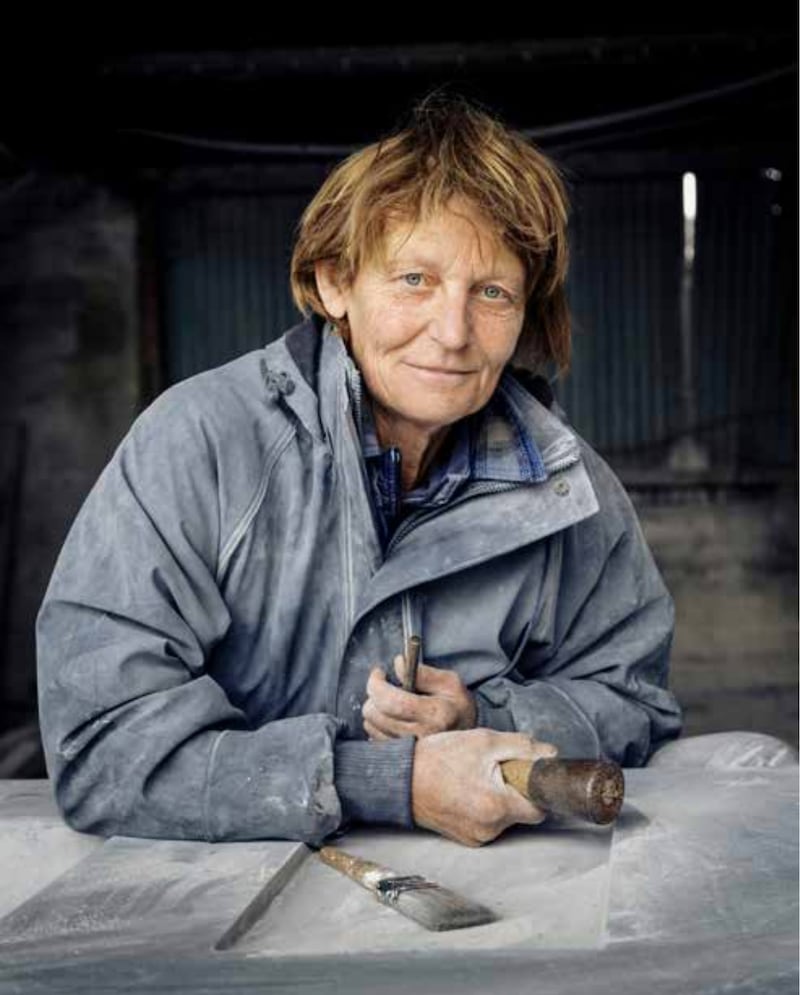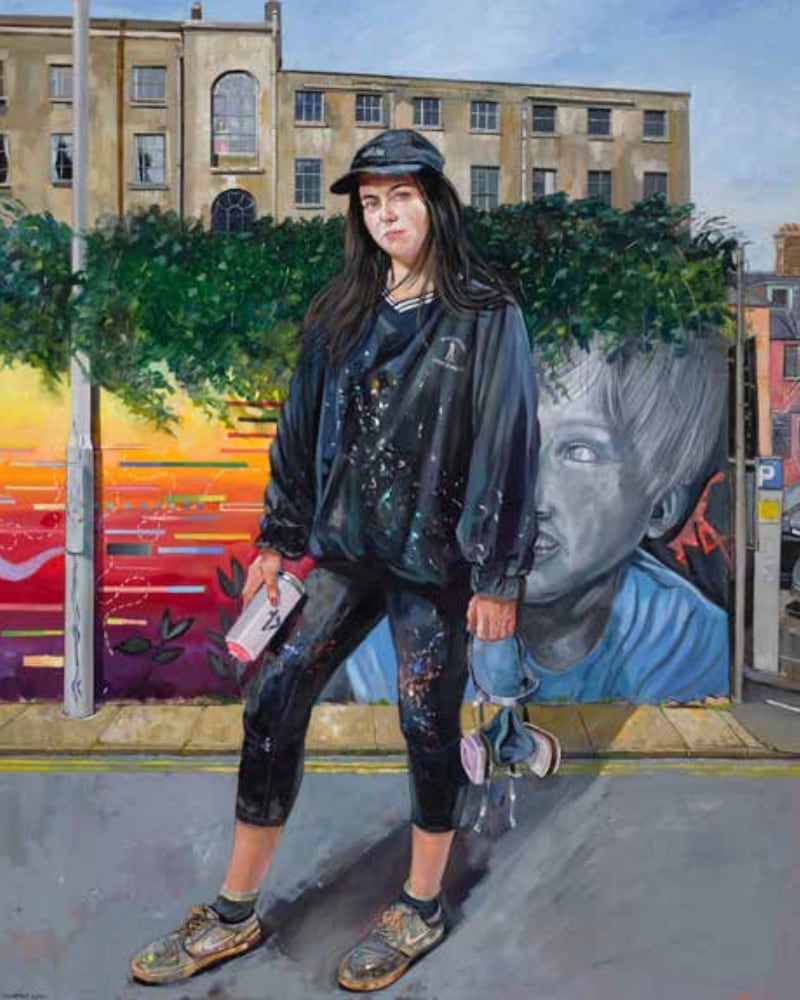192nd RHA Annual Exhibition, 2022Royal Hibernian Academy of Arts, Gallagher Gallery, DublinUntil July 24th
There’s a a real sense of occasion to this year’s Royal Hibernian Academy of Arts (RHA) annual exhibition. Not as much as there should be next year, the academy’s 200th anniversary. That this is the 192nd and not the 199th annual exhibition is an indication of the vagaries of history.
As current president Abigail O’Brien says in her preface to the show’s catalogue, by the time it entered its second century the organisation had lost its home and much else during the 1916 Rising, and it was not until the 1980s, when concerted efforts were made to deliver the current building in Ely Place, that things began to look up.
The completion of the Gallagher Gallery, and developments in governance, were substantially down to the efforts of the late Thomas Ryan PPRHA (who died last September), an unlikely but as it transpired effective moderniser, and the catalogue features an obituary and tribute.

In her preface, O’Brien posits the academy’s strength as being “its ability to embrace many different opinions and perspectives and to let them sit beside each other, happily or unhappily.” That’s accurate enough of the current state of play though it wasn’t always so, as that “unhappily” might suggest.
The best argument for heterogeneity is the sprawling, unpredictable vitality of the show itself, a rather good warm-up for next year, one hopes. Some 567 works, the academy says, are arranged throughout the building, which doesn’t feel over-crowded even though the rear staircase – usually the least favourable location – is thankfully free of exhibits. Artists Vera Klute and Donald Teskey took on the task of laying out the exhibition and fulfilled it very well.
The annual show incorporates an important egalitarian dimension: anyone can submit a work for consideration by a seven-person committee, though the odds are against you. A little under 10 per cent of 4,000 digital submissions were invited for real-life inspection and 378 made it through that and into the gallery. Academicians, associates, honouraries and invitees (relatively few) make up the numbers.

Members have most scope. PPRHA Mick O’Dea shows a cohesive body of fine work based around Henrietta St, surely a solo exhibition in waiting. Equally cohesive, Richard Gorman’s beautiful, elegantly spare works, saturated monochromes, Alpha to Foxtrot, exhibit a level of abstraction that would, in times gone by, have prompted something of the unhappiness O’Brien refers to.
But abstraction is legitimate now, as witness the lyrical suite of works by academician Joe Dunne, best known for his mellow representational compositions. See also Taffina Flood, Charles Tyrrell and Helen Blake.
And photography, once provocative, is by now well bedded in. If there is still a slight show-off quality to some of the photographic choices, as though they have to quirkily appeal, there is much that is unshowy, just immensely sound, such as Amelia Stein’s black-and-white coastal landscapes or Paul McCarthy’s exemplary portrait of sculptor Jackie McKenna.

The guests bring riches. Ronnie Hughes’ painting Nebula is a delight; Clifford Collie’s Looking In is a beautifully understated, tonally muted composition; Geraldine O’Reilly’s contribution comes in the form of a boxed set of silkscreen prints with accompanying poems by Mary O’Donnell. All of which, with the work of the remaining invited artists, greatly enhances and expands the overall experience. And the experience is important.
Last year’s annual was delayed and people were still wary about attending in person so, although you can check out the entire current exhibition via the online viewing room, this year you have a real opportunity to encounter a rare concentration of art in one place, real things made by real people, rather than an endless succession of momentary images on a backlit screen – though there is at least one backlit piece in the gallery, Breda Burns’ tremendously tactile Claw Gripped Tide installation. And Gary Coyle shows two exceptionally good digital paintings, both floral.
The disagreement between the RHA and its critics throughout the first half of the 20th century and more has often been misrepresented as a simple opposition between tradition and modernity, or representation and abstraction.

It was never that simple. As George (AE) Russell put it while bemoaning the state of the academy in 1926, “All I desire is that painting should be intellectually alive.” Academic representation could too easily drift into unthinking, mediocre adherence to a set of representational pictorial conventions. It’s a risk that has not gone away.
On the other hand, representation managed to retain and renew its vitality in myriad ways as the 20th century advanced, and there are many examples in the annual exhibition of artists who embrace one or other sort of representational method whose work is very much intellectually, and emotionally, alive. Associate Vera Klute is herself a good example.
Or the RHA’s current secretary, Una Sealy. Then there is what might be termed Eithne Jordan and Colin Martin’s deadpan realism. Or another associate, Ann Quinn, whose remarkable work has something like a magic-realist intensity to it. Look beyond members, honorary members and associates and other examples are evident: Emma Stroude, an artist of great empathy and ability, or the breathtakingly good Miseon Lee or, ditto, David Smith.
Among individual works that stand out are Maria Levinge’s large, calm landscape, Silent Space, Maeve McCarthy’s Hellebore, Sahoko Blake’s virtuosic exercise in comparative anatomy Metamorphosis, and Francis Matthews’ nighttime cityscape D’Oiler: representation is a broad church.
In a patchy year for portraiture, Blaise Smith’s neutral aesthetic shines a benign light on former Taoiseach Brian Cowan. Carey Clarke’s neutrality is also notable.
Exciting works not mentioned come tumbling to mind – Neil Shawcross, Mary Burke, David Crone, Remco De Fouw, Martin Gale, a brilliant Jacqueline Stanley: it’s just not feasible to convey a sense of the exhibition, in its rich diversity, in relatively few words. But the bottom line is that the academy looks well positioned, pandemics, wars and who knows what else permitting, to say: roll on, 2023.













